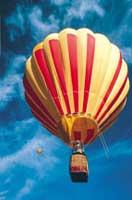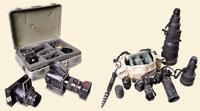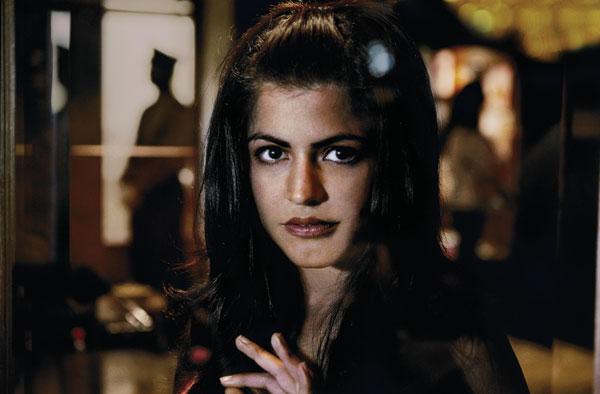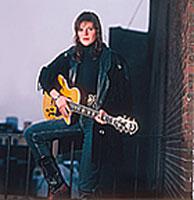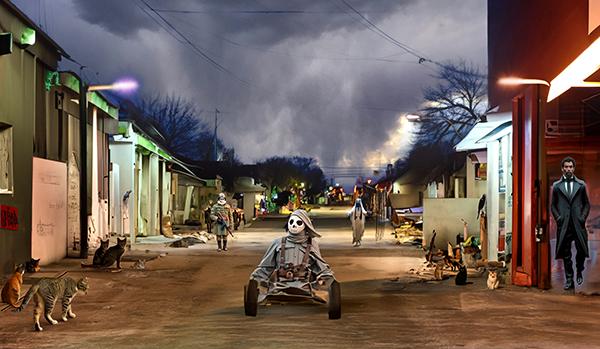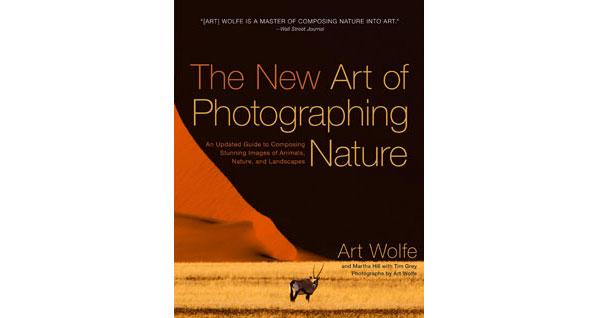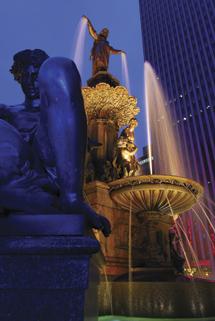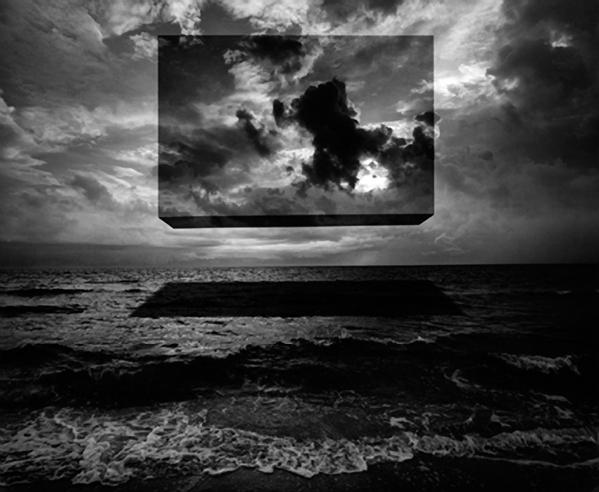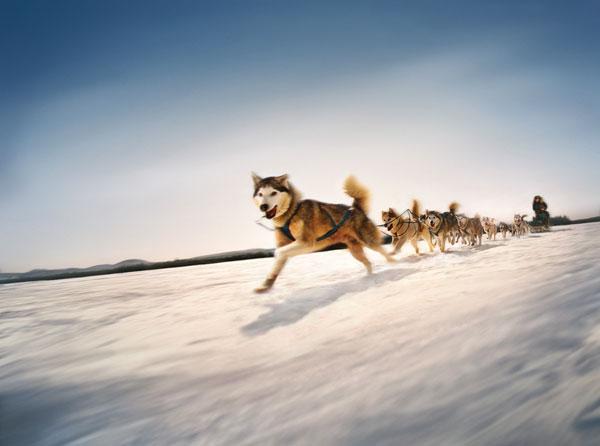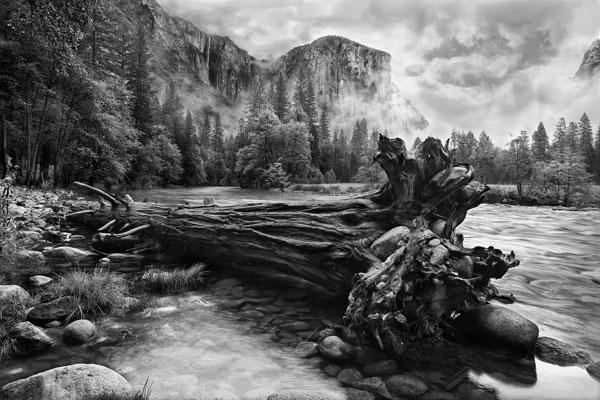Pro Techniques
Sort By: Post DateTitle Publish Date
|
Aug 01, 1999 |
|
Feb 01, 2003 |
|
Mar 01, 2003 |
|
Nov 15, 2011 |
First Published: Oct 01, 2011 |
|
Sep 01, 2008 |
|
Aug 01, 2000 |
|
Aug 23, 2024 |
|
Dec 10, 2013 |
First Published: Nov 01, 2013 |
|
Jun 01, 2009 |
|
Feb 06, 2013 |
First Published: Jan 01, 2013 |
|
Mar 09, 2012 |
First Published: Feb 01, 2012 |
|
Jul 09, 2013 |
First Published: Jun 01, 2013 |
|
Feb 01, 2008 |
|
Nov 26, 2013 |
First Published: Oct 01, 2013 |
